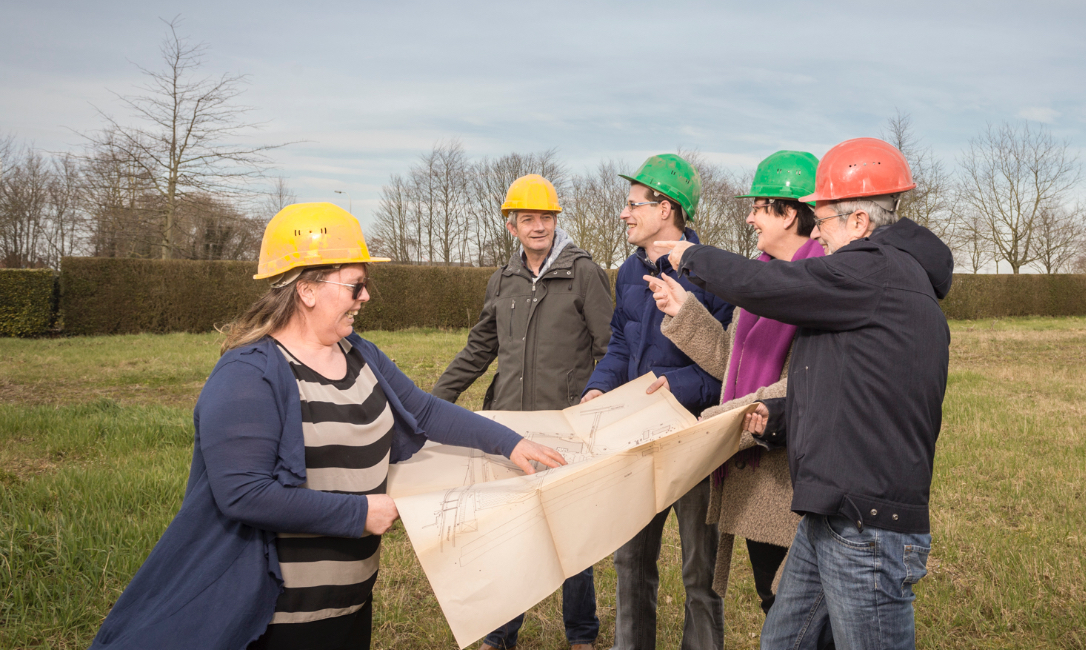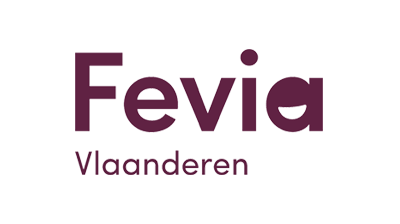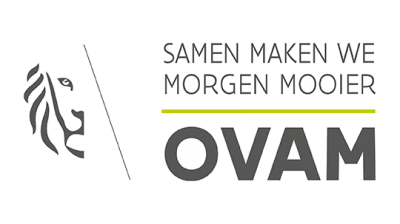Basic principles
Circular design and systems thinking
A circular design looks at what can happen to the building and the materials, not only during their use but also after their use. We divide this long-term thinking into design in layers, design for reuse and change-focused design.
DESIGN IN LAYERS
Prefabricated modules provide flexibility in the use of a building or space. The modules can be disassembled at any time.
Example: Bao Living specialises in Smart Adaptable Modules (SAM) that bundle all the utilities of a space in one place. In a traditional construction process, the pipes are brought into the home via a single point. From there they are extended through floors and walls. SAM integrates heating, electricity, water, ventilation, home automation, kitchen and bathroom in one central, adaptable unit. The prefabricated module saves no less than 5 tons of CO2 emissions.
Example: Rotor Deconstruction is a pioneer in the demolition and recovery of construction materials. The old materials are dismantled on location.
DESIGN FOR REUSE
Can new material be extracted from waste or residual flows? How can existing raw materials, materials or elements be reused? A circular design uses recycled materials and looks at how those materials can also be reused after disassembly.
Example: House Plus. This project rents out standard modules that can be easily installed and removed without problem after use. Aimed at elderly people who have to adapt their home temporarily in order , for example, to avoid admission to a residential care centre.

CHANGE-FOCUSED DESIGN
Needs and wishes of users and society evolve. Only by making well-considered choices in the long term can materials and buildings remain in the chain for as long as possible. Change-focused construction concepts play a key role in reducing the environmental impact of the construction sector. In addition, they also respond to technical innovations, strategies for spatial efficiency and socio-economic and demographic developments.
Example: Toontjeshuizen, a home for adults with a disability, aims to be a model example of circular care housing. The residents have a private studio and common areas at their disposal. The function of the spaces can be zero-waste adjusted according to the changing needs of the residents.
















